Aisa Employer of Record(EOR)
Hire, pay and manage your emplyees without establishing a local company.
Outsource your Employment in Aisa
Build your Aisa team easily – No local entity needed. EOR handles everything: compliance, payroll, benefits, and recruitment.
EOR Aisa offers comprehensive HR solutions in Asia. We’re a certified agency and will act as your legal employer, managing all HR aspects for your staff.
Launch in Aisa Today. Leverage EOR Asia to explore the market, manage local partners, and build your Aisa team – without an entity setup.
Cost-effective, adaptable, and secure. This approach minimizes risk and keeps costs low while offering the flexibility you need for success in Aisa.
Employer of Record (EOR) Process
Sign Contract: The client signs a straightforward service agreement to begin working with EOR Aisa.
Get Account Manager: A dedicated account manager is provided to the client for one-on-one support.
Collect Documents: EOR Aisa requests essential documents from the client, like business licenses and employee personal data.
Understand Policies: The client learns about EOR Asia operational policies and gets access to the user-friendly online portal.
Prepare Onboarding Docs: EOR Asia creates and sets up important documents such as employment contracts, onboarding checklists, and compliance forms for the client’s review.
Configure Payroll: The client’s payroll information, including salary structures and tax details, are set up in EOR Asia system.
Onboard Employees: EOR Asia assists in welcoming and integrating the client’s first set of employees into the company.
Sign Authorization: New hires sign a letter to allow EOR Asia to manage their personal info.
Gather Info: EOR Asia collects the new employee’s basic details and work history.
Pay Notice Sent: EOR Asia informs the client about the first payroll amount due.
Client Pays: The client confirms and sends the payment for the new employee’s salary.
Contract Signed: Both EOR Asia and the new employee sign the work contract.
Info in System: The new hire’s data is entered into EOR Asia system.
Set Up Benefits: EOR Asia handles social insurance, housing fund, and bank account setup for the new employee.
Portal Access: New employees get access to the online portal to manage their HR tasks.
- Policy Updates: EOR Asia informs clients of any changes in government policies that may affect payroll or compliance.
- Compensation Adjustments: Clients notify EOR Asia of any changes in employee compensation, such as raises or bonuses.
- Payment Notice: EOR Asia sends a detailed payment notice to the client, outlining the payroll and benefit costs for the month.
- Client Payment: The client reviews and confirms the payment notice, then makes the payment to EOR Asia.
- Salary Distribution: EOR Asia ensures that employees receive their salaries on time.
- Benefits and Tax Payments: EOR Asia handles the payment of mandatory benefits and individual income tax on behalf of the employees.
Maintenance of Payroll Services: EOR Asia regularly updates the latest payroll and HR information, ensuring it is readily available and easily reviewable by clients and employees.
Work Calendar Confirmation: EOR Asia and the client mutually confirm the work calendar for the upcoming year.
Annual Salary Report: EOR Asia compiles and sends an annual salary report to the client, which includes details of both current and offboarded employees.
Report Verification: The client reviews and confirms the accuracy of the annual salary report provided by EOR Asia.
Government Submission: EOR Asia submits the updated annual salary report to the relevant government authorities as required.
New Policies Announcement: The government announces any new policies that may affect HR and payroll processing.
Policy Update Briefing: EOR Asia briefs the client on the updates and changes in government policies that were announced.
System Policy Update: EOR Asia updates its system to reflect and implement the new government policies.
Data Removal: Upon request, EOR Asia removes the data of offboarded employees from the system, ensuring privacy and compliance.
Reason Noted: Client explains why an employee is let go.
Plan Made: EOR Asia creates a termination plan.
Approve Plan: Client agrees to the exit strategy.
Paperwork Ready: EOR Asia completes exit forms for the employee.
Severance Set: EOR Asia calculates the severance amount.
Pay Severance: Client sends the severance funds.
Work Handed Over: The employee passes on their duties.
Severance Paid: EOR Asia delivers the severance to the employee.
Issue Cert: Employee receives a termination cert.
Benefits Managed: EOR Asia moves and stores benefits info.
Cases Closed: EOR Asia ensures all is settled.
Refund Given: EOR Asia returns any leftover deposit to the client.
Notice Sent: Client informs EOR Asia of their decision to end the service.
Handover Check: Client and EOR Asia agree on the handover of accounts, materials, and information.
Offboarding Plan: Both parties confirm a plan for offboarding employees, including resignations.
Final Payment: EOR Asia issues the last payment notice, including any historical balance owed.
Payment Made: Client confirms and pays the final invoice.
Employee Offboard:EOR Asia facilitates the offboarding of employees.
Transfer of Assets: EOR Asia hands over all accounts, materials, and information to the client.
Case Closure: EOR Asia ensures all open cases are resolved.
Deposit Refund: EOR Asia returns any remaining deposit balance to the client.

What is an Employer of Record (EOR)?
An Employer of Record (EOR) is basically a company that acts as your legal employer for remote staff you hire in another country.
EOR services might also be called manpower outsourcing, employment outsourcing, staffing, or PEO (Professional Employer Organization).
EOR Asia’s EOR lets businesses hire Asia staff legally – they handle the legal side of things.
EOR Asia EOR Service
EOR Asia EOR service simplifies hiring in Asia. Also known as employment outsourcing or employee leasing, it allows EOR Asia to act as the legal employer for staff you identify in Asia. While EOR Asia handles the legal and administrative burden, you retain full control over managing these employees. This service offers a flexible solution, sharing employer responsibilities to ensure compliance and streamline your operations.
Is an EOR the same as PEO?
Every EOR is a PEO, yet the converse is not always true; Not every PEO qualifies as an EOR.
An Employer of Record assumes the legal employer status on behalf of a client, outsourcing compliance to the service provider, who then becomes fully responsible for the employee. On the other hand, a Professional Employer Organization does not usually assume complete responsibility for the client’s employees.
EOR Asia serves as an Employer of Record for clients who lack legal entities in Asia, thereby handling their employment responsibilities and compliance. Conversely, for clients that possess legal entities within Asia, EOR Asia functions as a Professional Employer Organization.

The best EOR service provider in Asia
Why EOR Asia?
EOR Asia, with a track record of decades in the industry, stands as a reliable provider of Employer of Record (EOR) services within Asia. We provide an all-encompassing solution designed to streamline the hiring and employee management process, ensuring adherence to local legal and regulatory frameworks.

Eliminate Risk
Avoid allowing HR compliance challenges to threaten the prosperity of your business in Asia. Reach out to EOR Asia now to discover more about our Employer of Record service and receive guidance on how we can assist you in maneuvering through the intricate Asia, thus mitigating the risks of being placed on a blacklist.
Local Presence and Knowledge
A thorough comprehension of the local market trends, cultural subtleties, and customary business procedures.
Asia Payroll Service
All of our clients have access to our in-house payroll service for record keeping convenience.
Employer of record Cases
EOR as a Business Solution
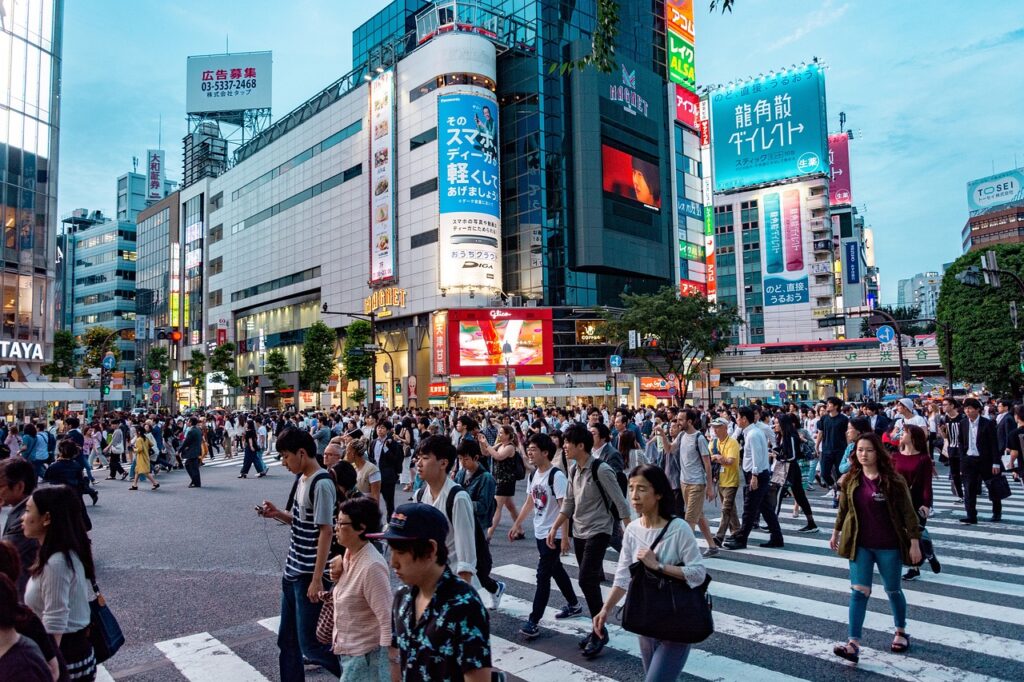
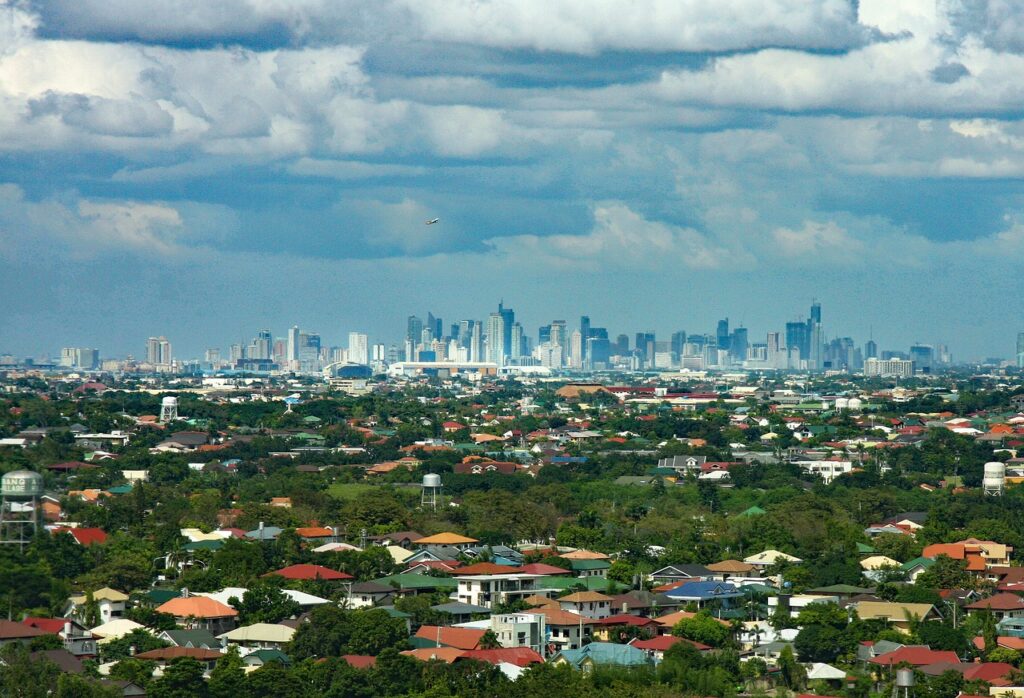
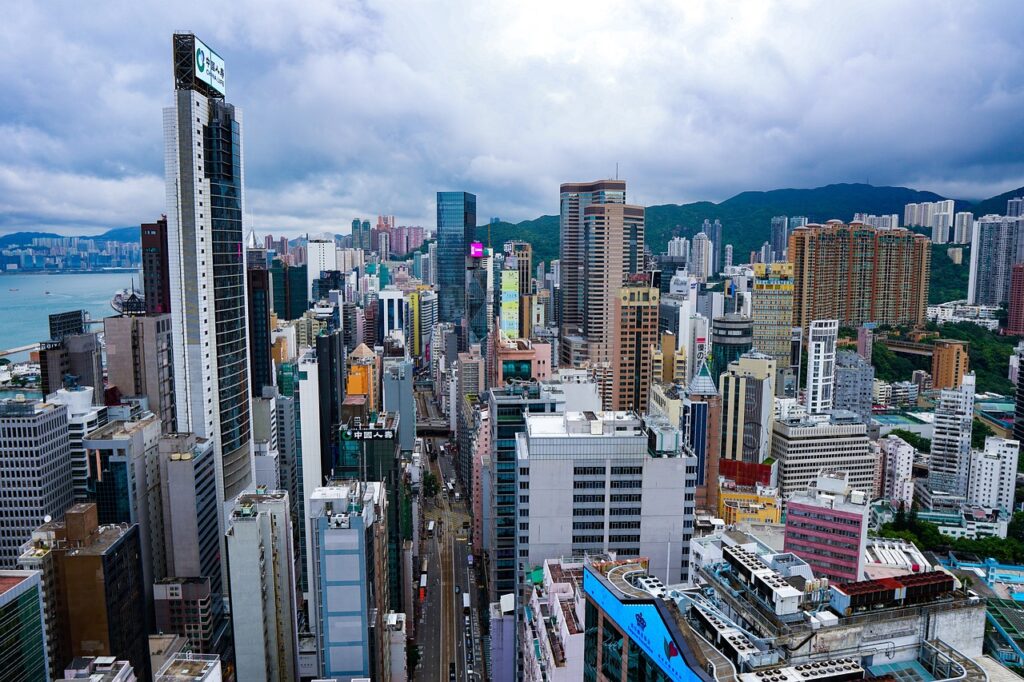
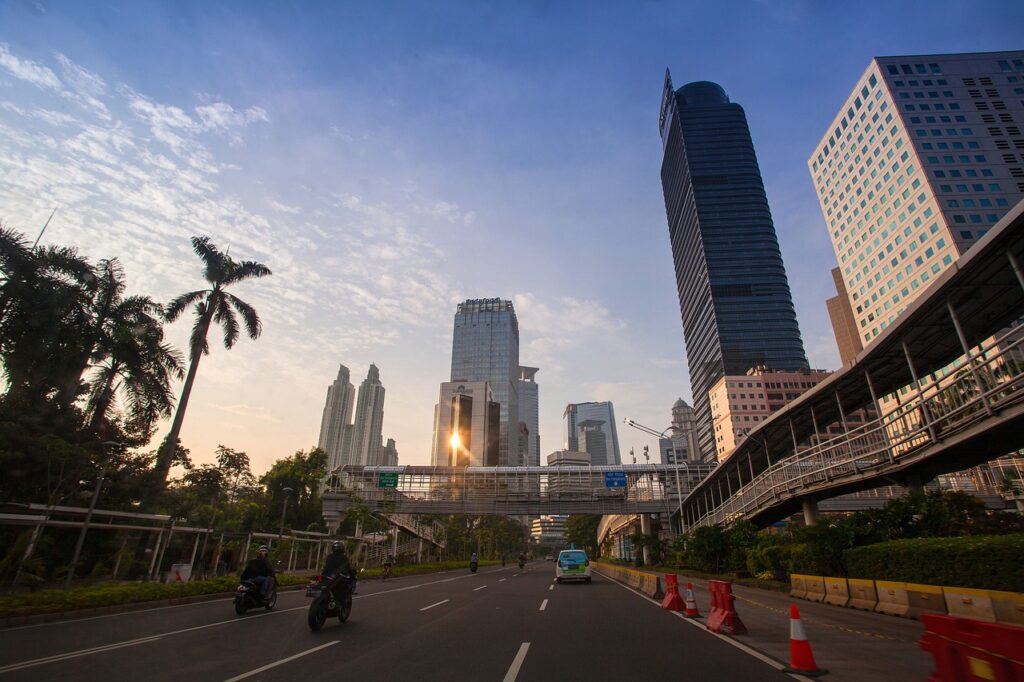


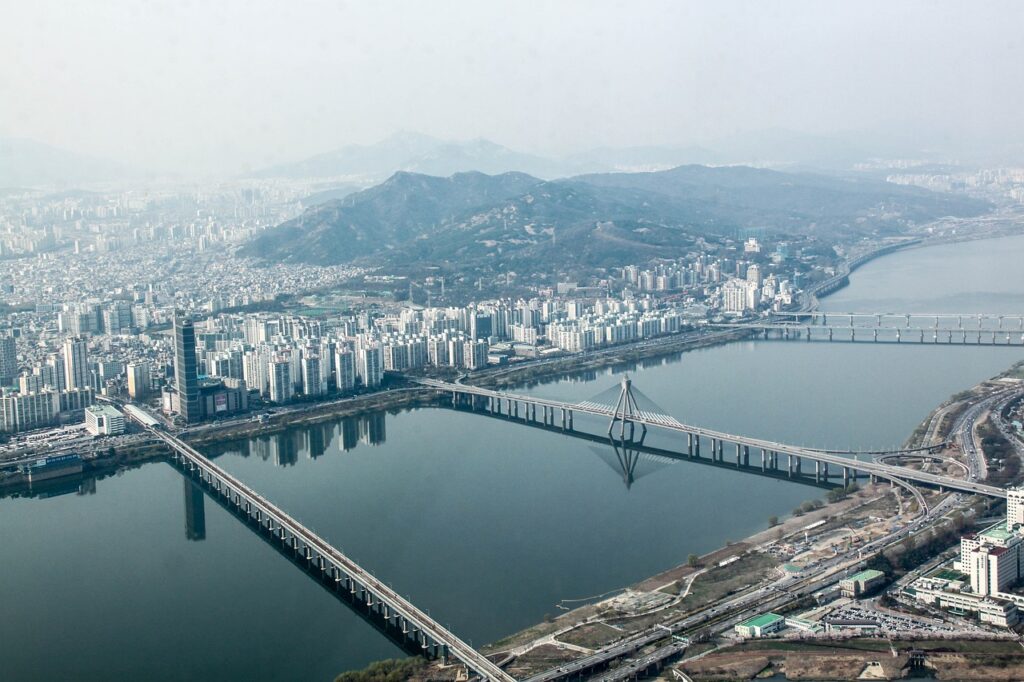
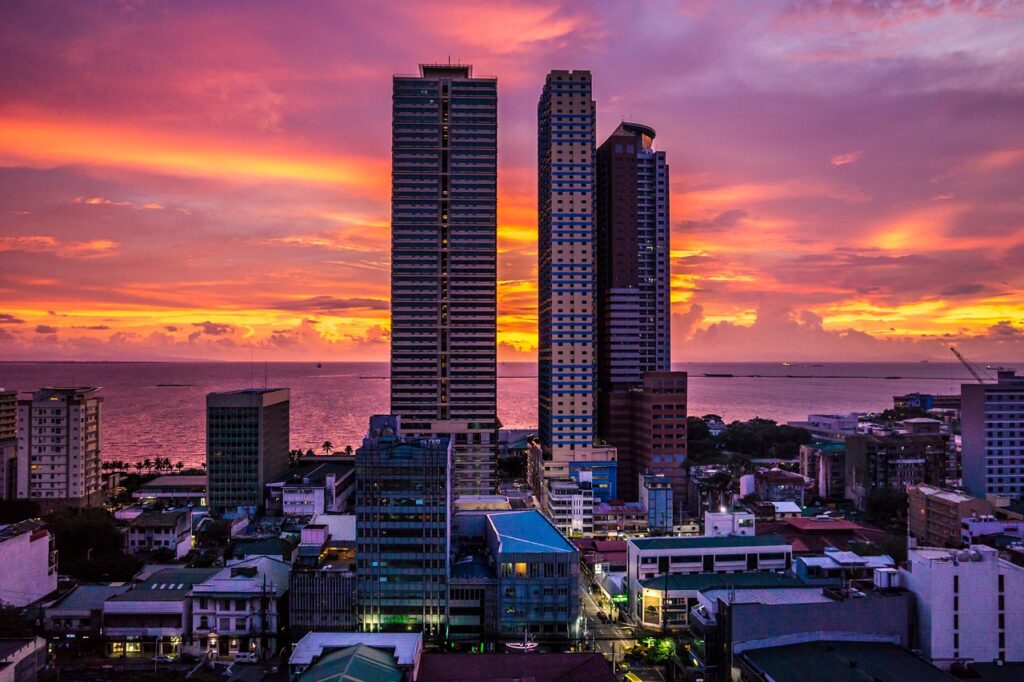
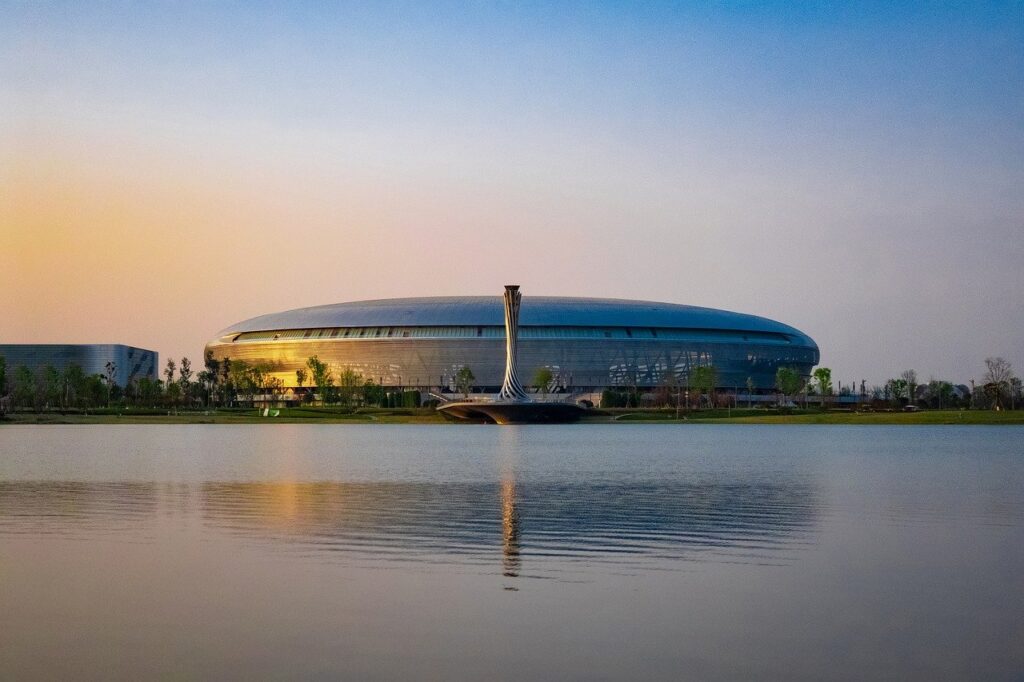
Reimbursement for Outsourced Employees
Expense Claim Solutions at EOR Asia
Following a policy revision by the Asian government concerning expense claims for contracted workers, EOR Asia has assiduously crafted four tailored approaches. These are designed to ensure a smooth and efficient reimbursement experience for our Employer of Record (EOR) clients. Let’s explore these solutions in detail, examining their complexities and the possible effects they may have.
Solution #1: Global Reimbursement
Clients collaborate with our worldwide associate to handle the payment of reimbursements. Once a fresh service agreement is in place, EOR Asia manages the invoicing and collection process. The application for reimbursements is made efficient, focusing on transactions in US dollars and strictly applying a maximum limit of USD 5000 for each person on a monthly basis.
VAT Exemption
Customizable Reimbursement Arrangements
Solution #2: Integrated Reimbursement and Salary Structure
This approach merges expense reimbursements with routine payroll, offering clients the choice to handle the personal tax liabilities. Although this method reduces the service charges related to expense claims, it may result in employees facing increased Individual Income Tax (IIT) liabilities.
Fee-Free Option
Frequently Asked Questions
An EOR helps businesses hire employees in Asia without needing a local entity, while a PEO provides HR services like payroll and benefits management for businesses that already have a legal entity in Asia.
The hiring process in Japan can vary widely depending on the company and the position. It might take anywhere from a few weeks to several months. Traditionally, Japan has a unique recruitment cycle, with a high season for hiring new graduates in the spring. For foreign companies or specialized roles, the process might be quicker or slower depending on the candidate pool and the company’s needs.
It is possible for a foreign company to hire employees in South Africa without a local entity, but it can be quite complex due to immigration and labor laws. Companies often use a local Employer of Record (EOR) or a Professional Employer Organization (PEO) to manage local employment compliance, payroll, and benefits.
An Employer of Record (EOR) in Indonesia helps foreign companies by taking on the legal employer responsibilities for their local workforce. This includes registering employees with the local authorities, managing payroll, ensuring timely and correct payment of social security contributions, and handling all tax-related matters, including income tax withholding and reporting.
If an employee in China is injured at work, the employer must follow a series of legal requirements and procedures as outlined by the Chinese labor laws, specifically the “Work Injury Insurance Regulations.” Here’s a more detailed look at the process:
1. Immediate Reporting:
The employer is required to report the accident to the relevant labor authorities and the employee’s union representative, if any, within 48 hours.
2. Medical Treatment:
The employer must ensure that the injured employee receives immediate medical attention. The costs of medical treatment for work injuries are typically covered by the employer until the employee is stabilized.
3. Application for Work Injury Recognition:
The employer, in coordination with the employee, should apply to the local labor authorities for work injury recognition. This process involves an assessment of the incident and the injuries to determine if they are indeed work-related.
4. Work Injury Insurance:
If the injury is recognized as a work injury, the costs are then covered by the Work Injury Insurance Fund, which includes payment of medical expenses, disability compensation, and possibly a one-time compensation payment depending on the severity of the injury.
5. Disability Assessment:
If the injury results in a disability, a formal assessment is conducted to determine the level of disability. This assessment affects the amount of compensation the employee is entitled to receive.
6. Compensation and Benefits:
Depending on the outcome of the disability assessment, the employee may be entitled to various forms of compensation, including but not limited to, disability compensation, loss of income compensation, and vocational rehabilitation support.
7. Return to Work or Termination:
If the employee is unable to return to their previous role due to the injury, the employer is obligated to provide suitable alternative work if possible. If the employment contract is terminated, the employee is entitled to additional compensation.
8. Ongoing Legal Compliance:
The employer must continue to comply with all legal requirements regarding the employee’s compensation, benefits, and any other entitlements as per the labor laws.
9. Potential Penalties:
If the employer is found to have violated occupational safety and health regulations, they may face fines, legal sanctions, and a negative impact on their reputation.
It’s important to note that the specifics of each case can vary, and the process may be subject to change with updates in Chinese labor law. Employers are advised to consult with local legal experts to ensure full compliance with the latest regulations.
In the Philippines, it is not strictly necessary to have a local director or legal representative to hire employees, but it can be beneficial and is often required for certain business activities. Foreign companies typically engage a local Employer of Record (EOR) or a Professional Employer Organization (PEO) to manage the employment of staff in the Philippines. The EOR acts as the legal employer, taking on responsibilities such as compliance with local labor laws, payroll, tax, and benefits administration.
Having a local director or representative can also be advantageous for building business relationships, navigating local regulations, and managing operations more effectively. However, the specific requirements may depend on the type of business, the scale of operations, and the nature of the work being performed in the Philippines.
It’s important to consult with legal and HR experts who are familiar with Philippine labor laws and business regulations to determine the most appropriate structure for your company’s hiring practices and operations.
The annual paid leave entitlement in Vietnam is generally 12 working days for full-time employees. This is in accordance with the Vietnamese Labor Code. However, this can vary based on the specific terms of employment, collective bargaining agreements, or changes to the law.
Get In Touch
Contact Us
Contact for help with employment, payroll, recruitment & general HR in Asia. Fill in the form to talk to our experts and get a free consultation & quote for our services.
Fill out this quick form and our team will reach out shortly. Need immediate assistance? Call or email us directly – we’re here to help.
- hello@eor-aisa.com
Send A Message
Our Offices

South Korea
25, Seolleung-ro 62-gil, Gangnam-gu, Seoul,06191, South Korea
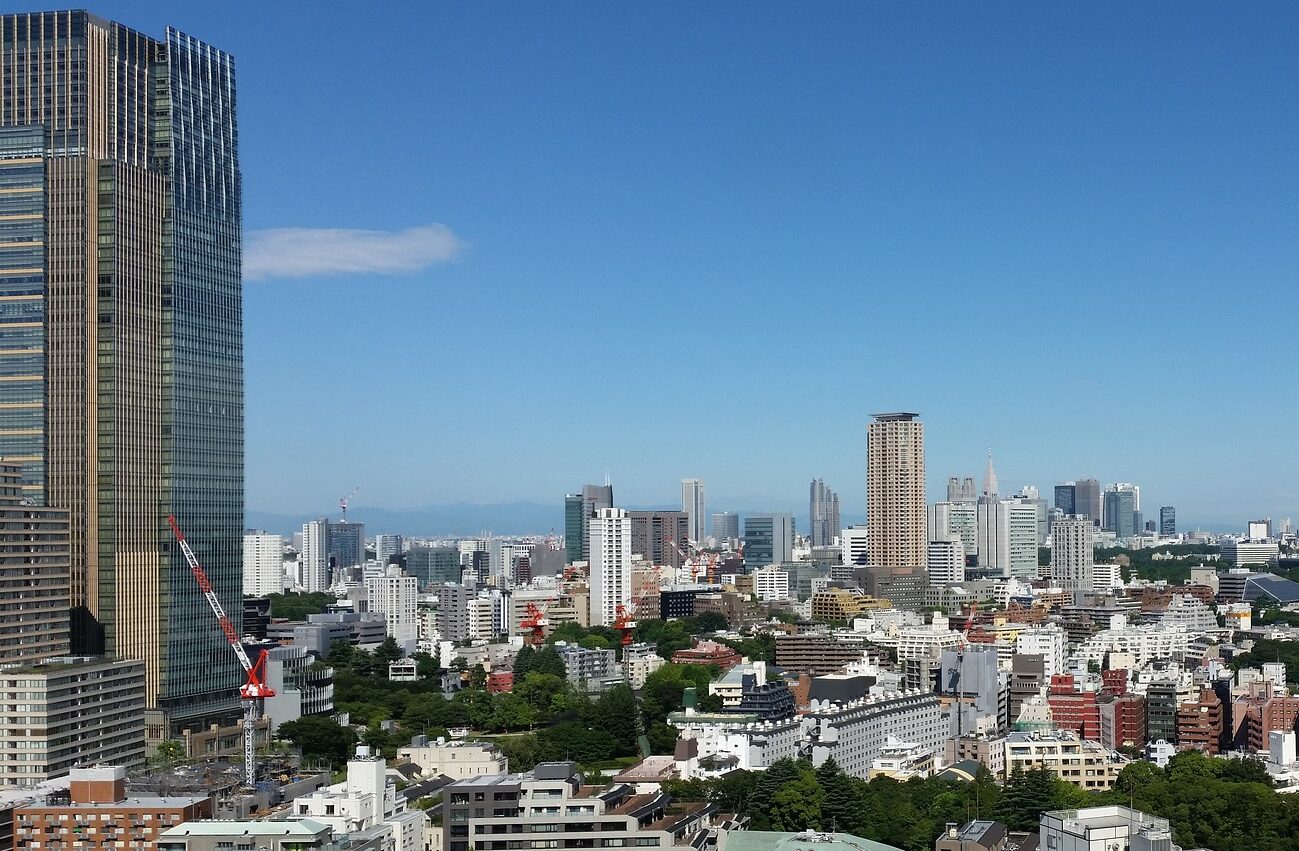
Japan
1-chōme-8-1 Marunouchi, Chiyoda City, Tokyo 100-0005, Japan
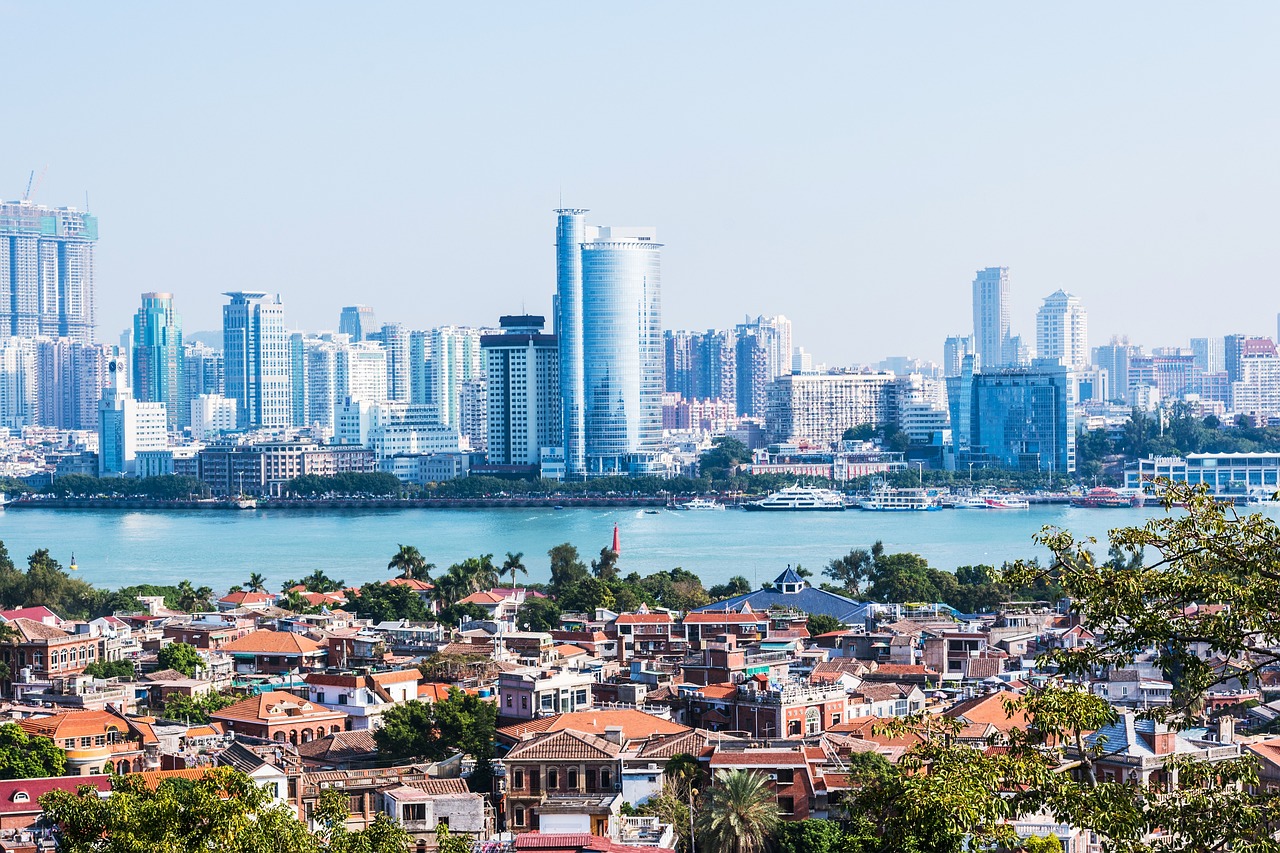
China
Lujiazui Ring Road #501, Floor 5, Shanghai, Huangpu, China,200120
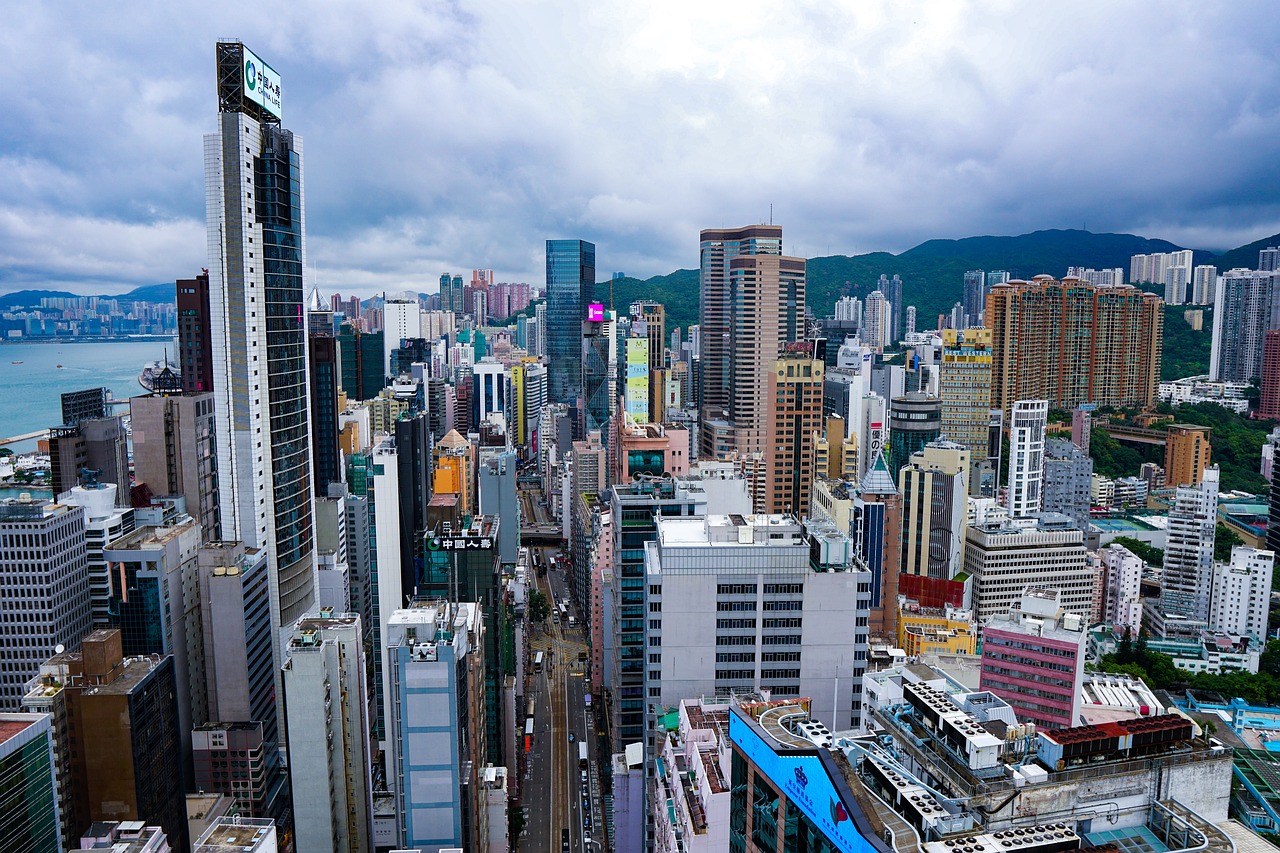
Hong Kong, China
Suite 1501, 1 Hysan Avenue, Causeway Bay, Hong Kong

Taiwan, China
No. 8, Section 5, Xinyi Road, Da’an District, Taipei City 110, Taiwan
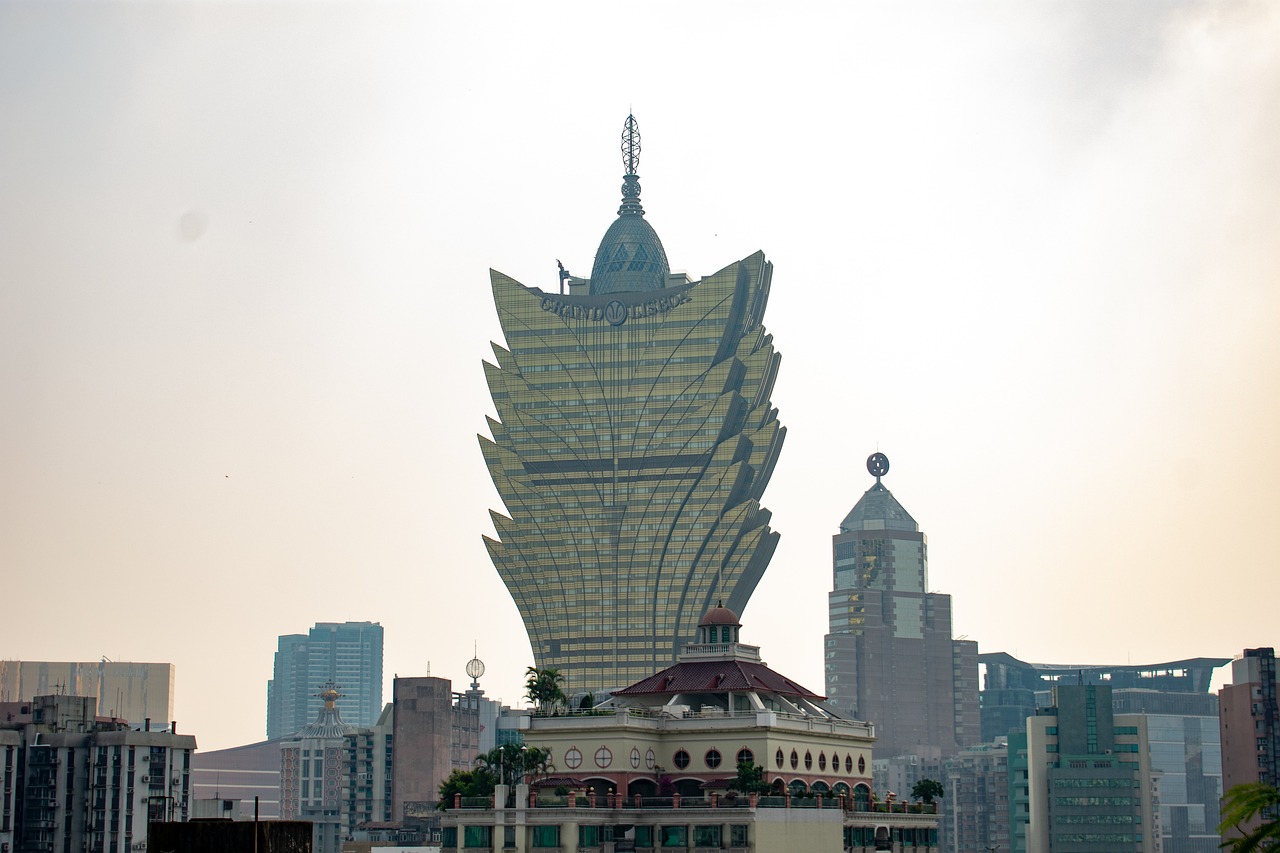
Macau, China
Rui do Dr. Sun Yat-Sen, NAPE, Macau SAR, China, 999078
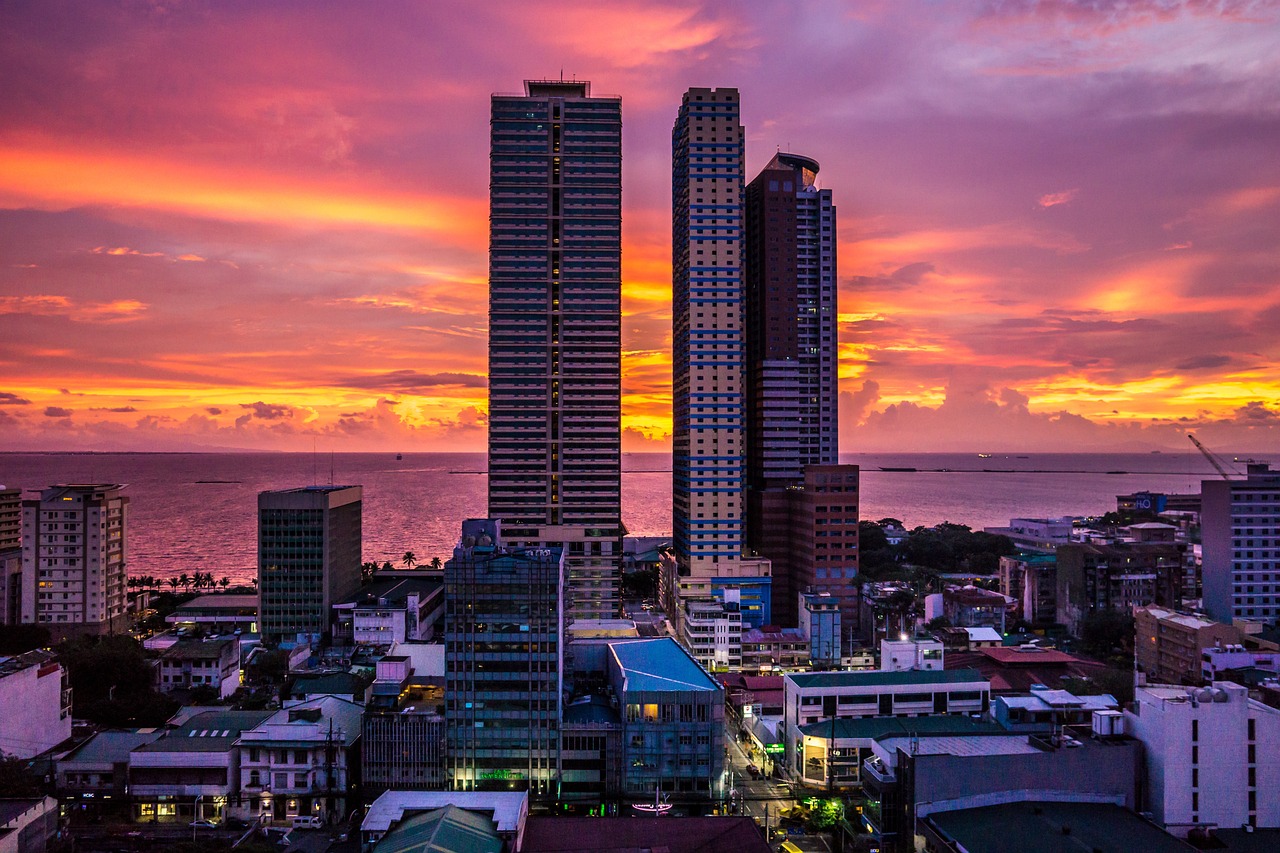
Philippines
6/F Net Lima Building, 5th Avenue cor. 25th St., Bonifacio Global City, Taguig, 1634 Metro Manila, Philippines
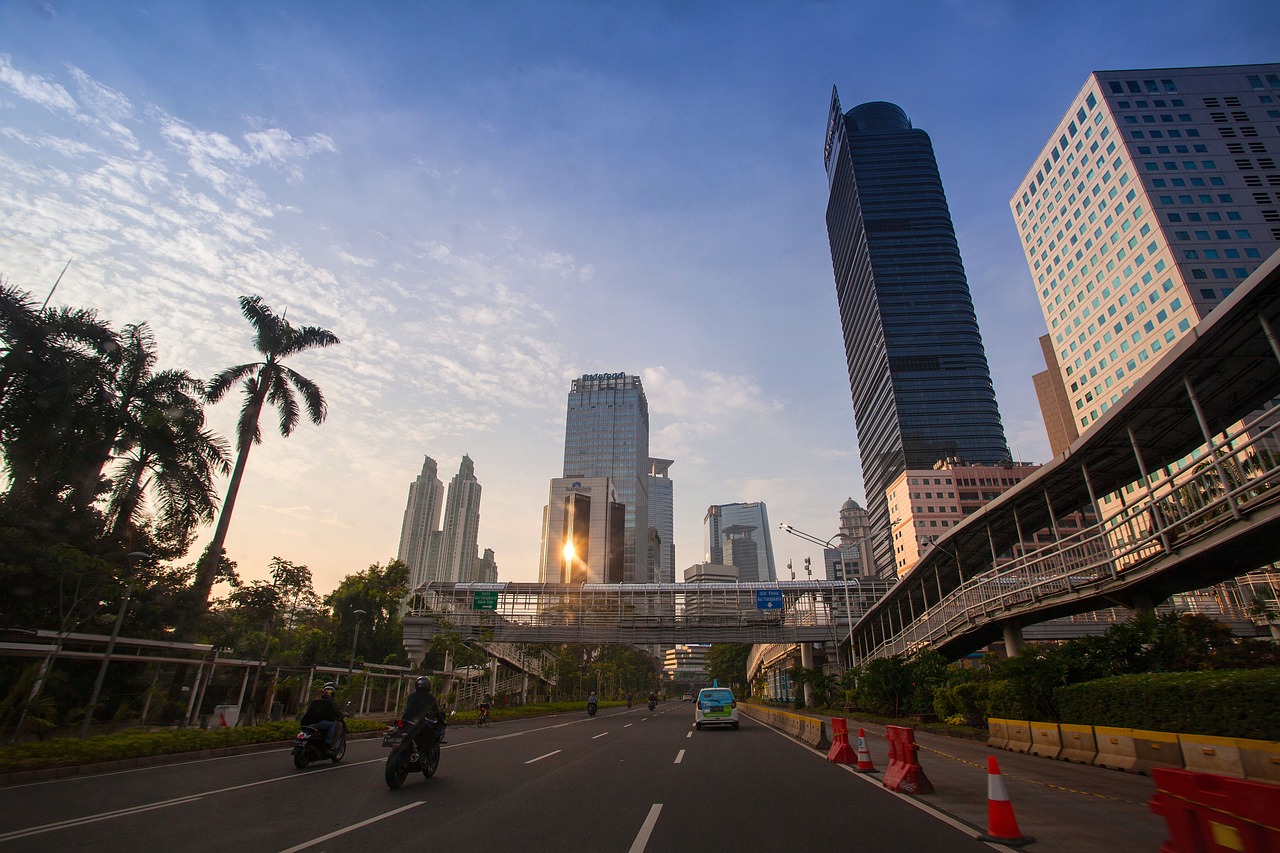
Indonesia
Jl. Jend. Sudirman Kav. 52-53, Kebayoran Baru, Jakarta Selatan 12190, Indonesia
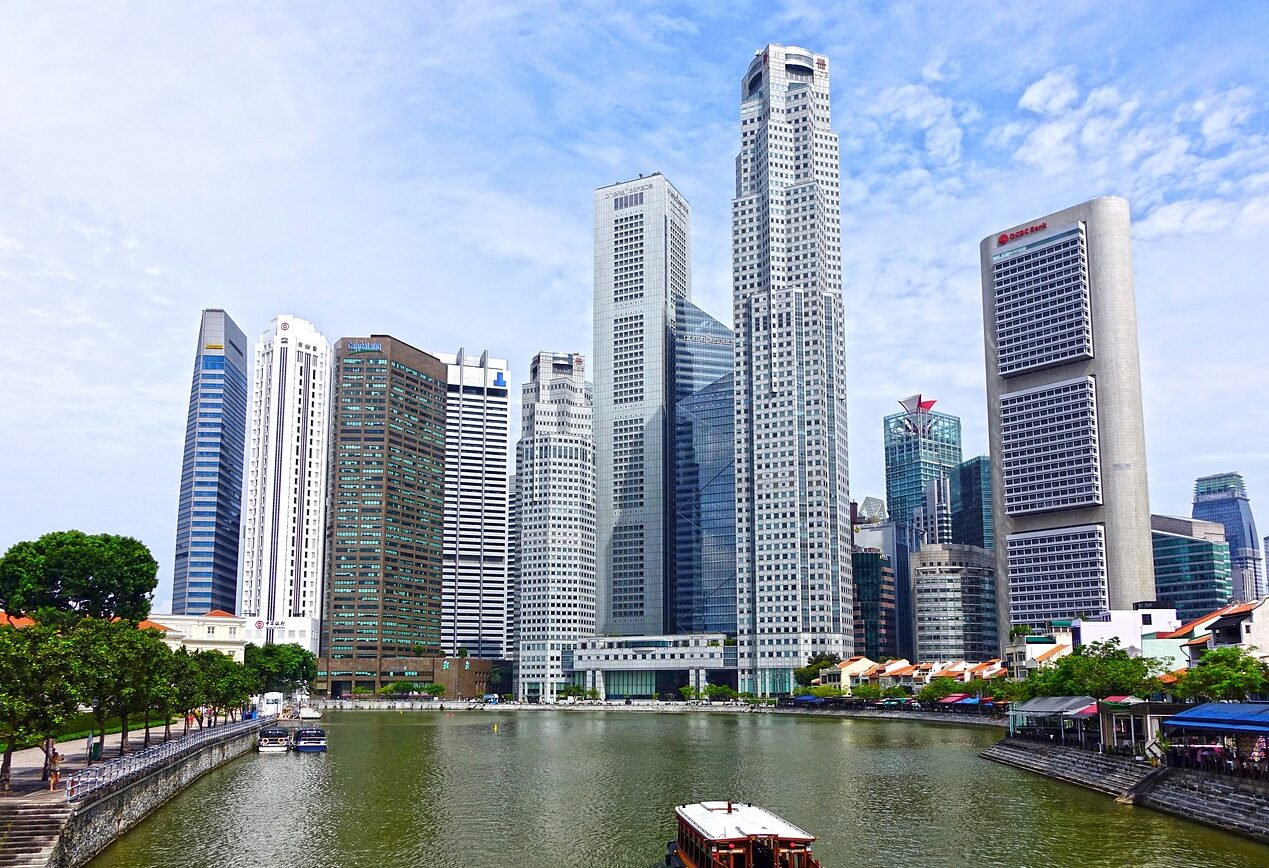
Singapore
10 Collyer Quay #23-01, The Quayside, Singapore 049315
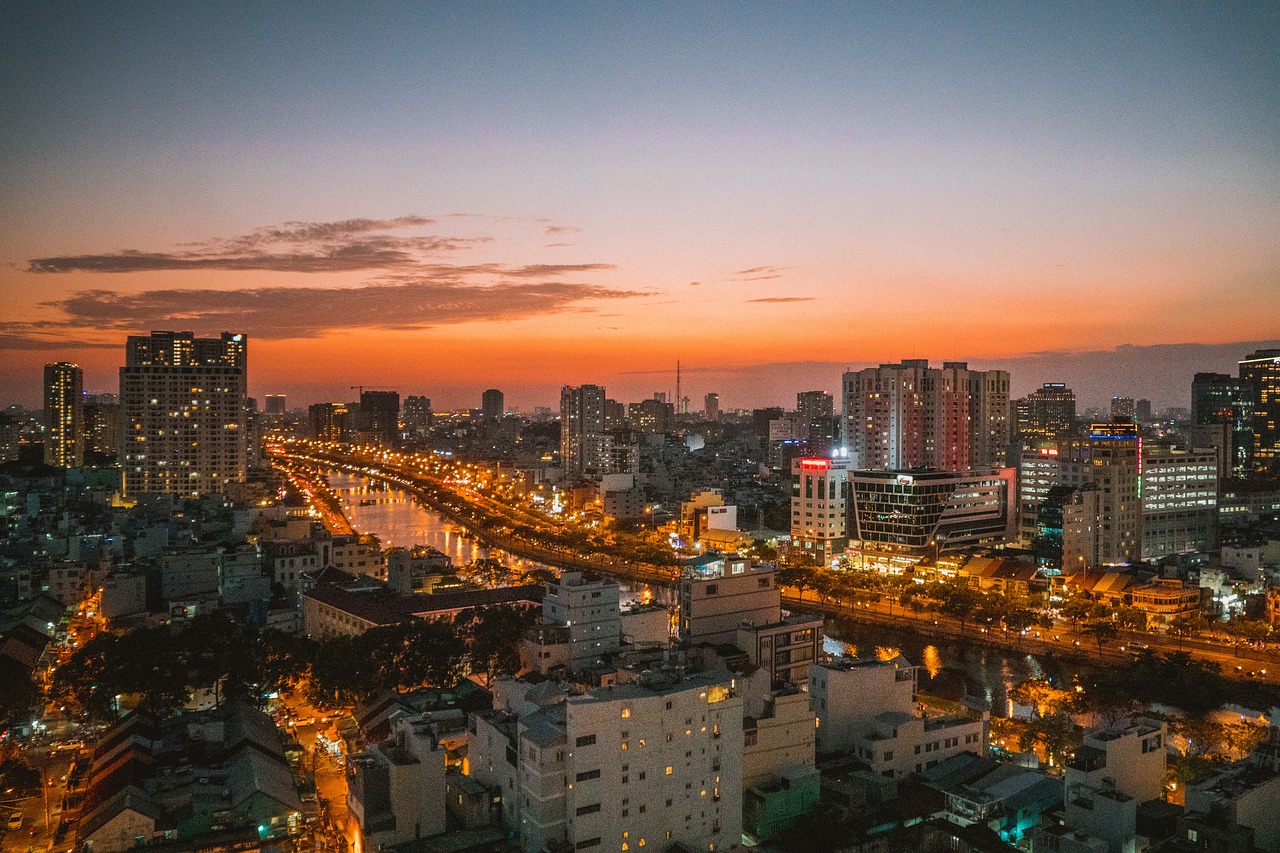
Vietnam
33 Nguyễn Hue Boulevard, District 1, Ho Chi Minh City 700000, Vietnam

Bangladesh
House 55, Road 125, Gulshan 1, Dhaka 1212, Bangladesh

India
Apollo Bunder, Colaba, Mumbai, Maharashtra 400001, India
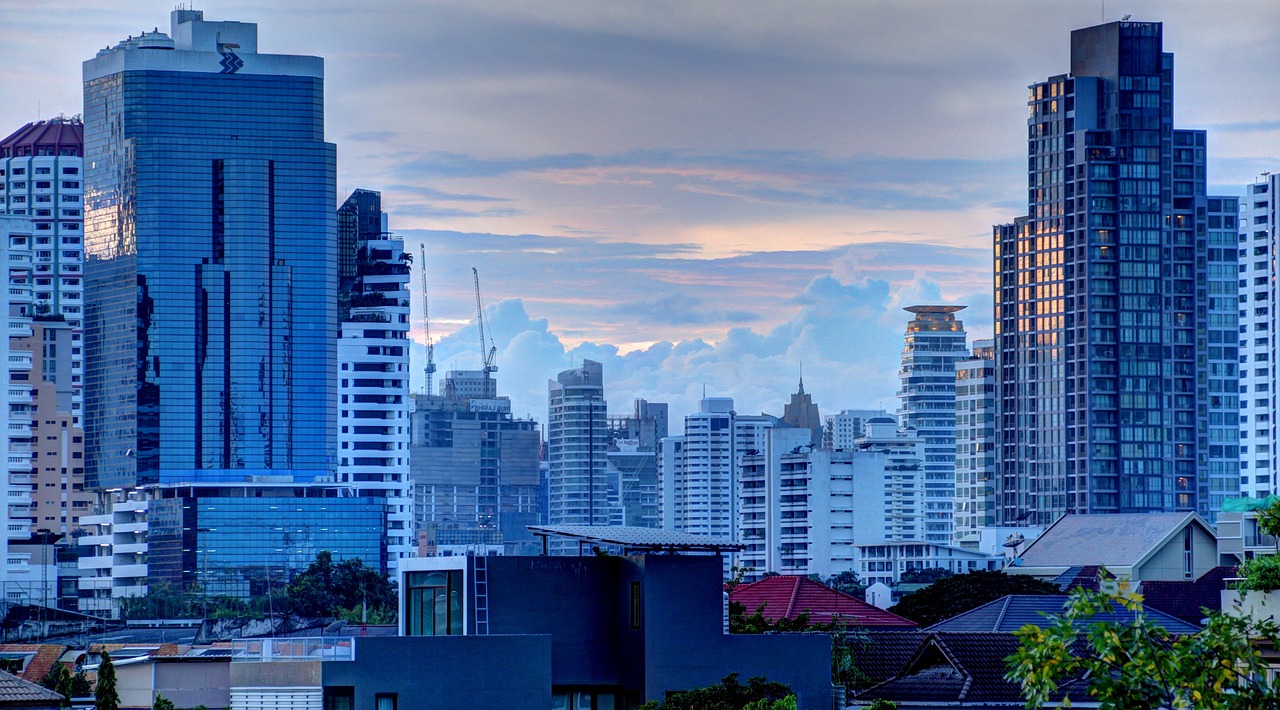
Thailand
999/86 Rama 1 Road, Pathum Wan, Bangkok 10330, Thailand